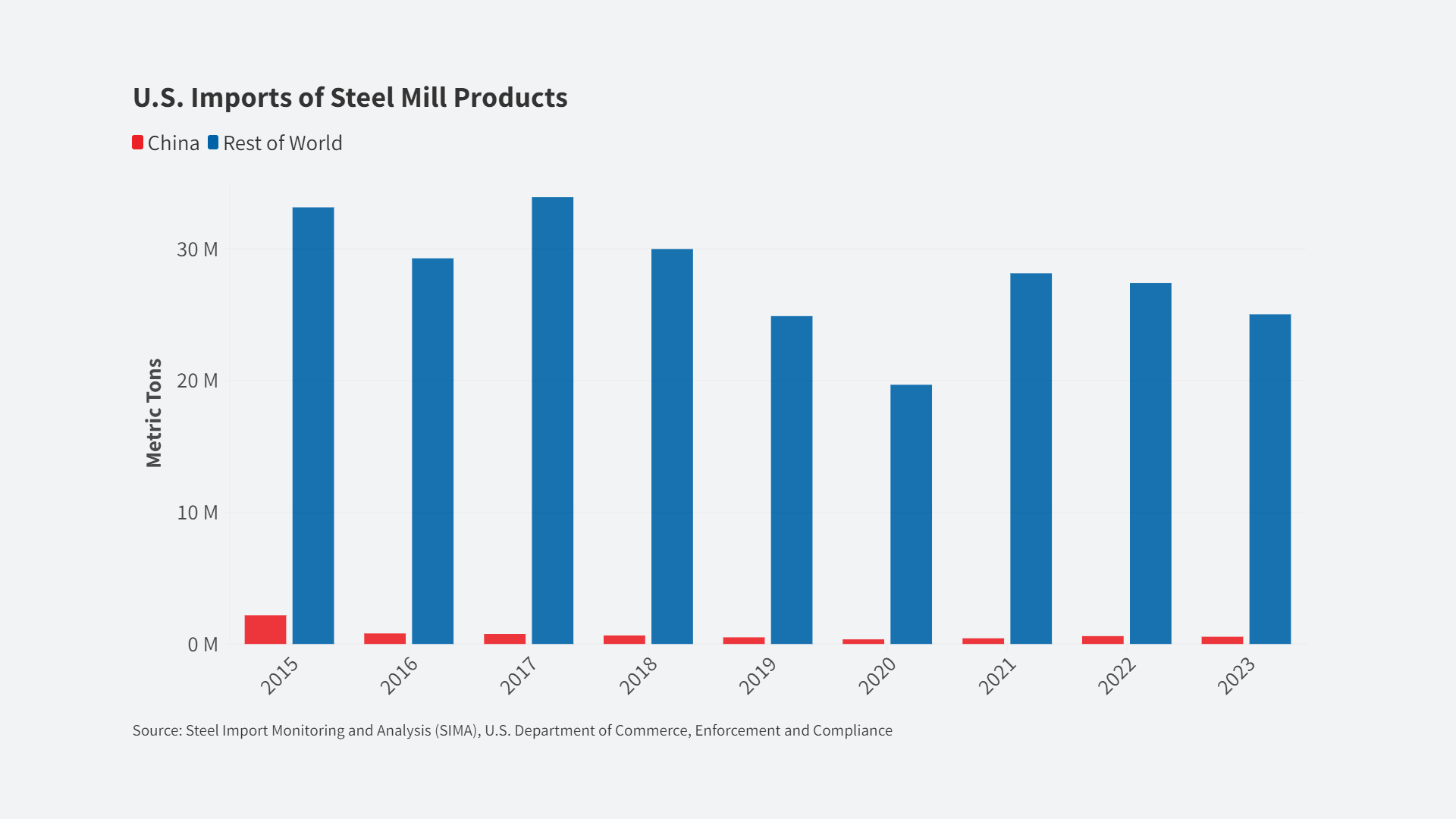
The U.S. trade gap widened in September as exports fell to a five-month low, a sign of how a stronger dollar and slower growth overseas could weaken demand for American-made goods and weigh on the broader economy.
[by Nick Timiraos | November 4, 2014 | Wall Street Journal]
The trade deficit rose 7.6% to a seasonally adjusted $43 billion in September from the prior month’s deficit of $40 billion, the Commerce Department said Tuesday. Exports decreased 1.5% from August while imports were nearly unchanged.
The figures prompted economists to trim their forecasts for growth in the third and fourth quarters. “The obstacle our exporters face is that our customers are not growing very fast,” said Michael Montgomery, an economist at IHS Global Insight.
Still, he said the drop in exports wasn’t as alarming as the top-line figures might indicate because it was concentrated in oil and aircraft, two volatile components “that are only going to go higher over the longer term,” he said.
Nonpetroleum imports rose to their highest level on record, boosted by a nearly $2 billion jump in imports of cellphones that economists said likely reflected the introduction of Apple ’s iPhone 6. Meanwhile, lower energy prices sent petroleum imports to their lowest level in nearly five years.
The Commerce Department reported last week that gross domestic product, the broadest measure of goods and services produced across the economy, expanded at a 3.5% annual rate during the third quarter.
That estimate was based on projected figures for Tuesday’s trade report, and Commerce will revise its third-quarter GDP estimate, incorporating the new September trade numbers, later this month. The initial GDP estimate showed that exports boosted GDP growth by more than one percentage point while a drop in imports added 0.3 percentage point to growth.
Tuesday’s report prompted economists at Morgan Stanley, Macroeconomic Advisers and Royal Bank of Scotland to cut their third-quarter growth estimates to 3%. Economists also could trim their fourth-quarter growth forecasts.
The report highlights questions over how the U.S. economy will fare if the dollar continues to strengthen against foreign currencies and if growth slumps in Europe and Asia. Many economists expect trade could drag on growth through the middle of next year because a stronger dollar makes U.S. goods more expensive overseas, which would dent exports.
“Exports looked weak across the board,” said Michelle Girard, chief U.S. economist at RBS. While analysts might attribute September’s drop to a stronger dollar, “the lags between currency appreciation and weaker exports tend to be longer,” she wrote in a research note Tuesday.
In September, exports to China swung from a 3% increase in August to a 2% drop. Imports from China rose 13% to an all-time high, and the trade deficit hit $35.6 billion, also a record.
In Europe, exports swung from a 4.6% increase in August to a 7% drop in September. “All of Europe is a concern for me, and how quickly it’s going to stabilize and start to bounce back,” said Nick Fanandakis, chief financial officer at chemicals maker DuPont Co., on an earnings call last week. The region “needs a catalyst for growth, and I’m not sure exactly what that catalyst is going to be.”
Petroleum imports fell in September to the lowest level since November 2009. Through the first nine months of the year, petroleum imports are down 7.5% from the year-earlier period, while petroleum exports are up 15.4%.
Exports have increased this year because of a domestic energy-production boom from North Dakota to Texas aided by advanced drilling techniques such as hydraulic fracturing. But falling oil prices have raised questions about the pace of investment in those wells.
At the same time, lower oil prices could boost spending by U.S. consumers as they save on money at the gas pump and on heating bills. The average retail gasoline price stood at $2.97 a gallon nationwide on Tuesday, according to AAA. It dropped below $3 a gallon last weekend for the first time since late 2010.
Oil prices fell to multiyear lows this week after Saudi Arabia cut prices for crude sold to the U.S., a move that could pave the way for future price declines and put pressure on American energy producers.













